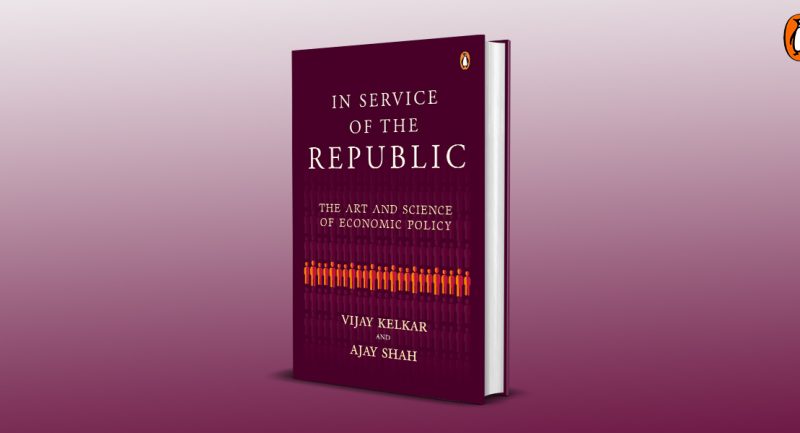
Regarded as one of the greatest writers in Urdu and Hindi, Premchand’s writing career spans nearly three decades from 1903 till his death in 1936. He has written what are now reckoned to be close to 300 short stories and published thirteen novels.
After experimenting early in his career with a few short stories set in the historical past he wrote as a rule on contemporary themes of immediate social and political relevance. He marched with the times, responding to successive waves of public events and movements with a creative openness that wasn’t bound by blind allegiance to any ideology.
The atmosphere of dastaan and historical romances hangs heavy on Premchand’s early stories. But he soon grew out of that phase and made his work more socially relevant by giving it the hard, gritty texture of realism. His art of storytelling became a vehicle for his socially engaged agenda of social reform and ameliorating the condition of the deprived and oppressed sections of society.
Here is an infographic timeline of some of Premchand’s more popular work.
______________________________________________________________________

Premchand was summoned to appear before the district magistrate and told to burn all the copies and never to write anything like that again. The stories included were:
- Ishq Duniya aur Hubb-e Watan (Love for the World and Patriotism)
- Duniya ka Sab Se Anmol Ratan (The Rarest Pearl in the World)
- Sheikh Makhmoor
- Sila-e Maatam (Sorrow’s Reward)
- Yehi Mera Watan Hai (This is my Homeland)

Premchand depicts the hypocrisy of the so-called ‘pillars of society’, who can sacrifice their orthodox principles behind closed doors, yet do not shirk from mouthing moral platitudes in public. He portrays the reality of the interest groups which cut across the newly emerging Hindu-Muslim divide, but also conceives of an ideal community that gives new direction to the life of a fallen woman and allows her to lead a meaningful existence. The stream of idealism that runs through Premchand’s works has often been criticized by scholars, but it is the counterpart of a relentless psychological and social realism, which remains unmatched to this day.

They have had enough wealth, so they do not need to earn. Since early age they have developed the hobby of playing chess. They challenge each other to a game of chess while neglecting their duties towards their families and society and even summons from the Nawab himself. They both remain mute spectators of the fall of their kingdom.

Weaving together themes such as industrialization, atrocities committed by princely states, the role of women in India’s independence movement, and caste and class hierarchies, Rangbhumi’s concerns remain shockingly relevant. Capturing Premchand’s masterful handling of a variety of linguistic registers, Manju Jain’s evocative translation shows us the deep humanism of one of India’s greatest writers.

‘Poos Ki Raat’ tells us the story of how Halku managed to survive through the chilling winds, with just an old tattered blanket and his loyal dog by his side.


He adopts a village of untouchables and teaches their children and proves to be of great help to the villagers in getting rebate against the land tax.

The story begins on Eid morning, as Hamid sets out for the Idgah with other boys from the village. Hamid is notably impoverished next to his friends, poorly dressed and famished-looking, and has only three paise as Idi for the festival. While his friends are enjoying themselves playing on rides and eating sweets, he overcomes his temptation and goes to a hardware shop to buy a pair of tongs, remembering how his grandmother burns her fingers while cooking rotis.

The son’s wife is pregnant and in pain but there is no money to buy medicine for her. The father and son sit complaining while the wife cries out in agony and eventually dies. The two go around the village begging for money to buy a shroud for the poor woman, so that they can perform the last rites. The father-son duo end up spending that money on alcohol, instead.

This was Premchand’s last novel before his death in 1936. In it, the characters represent different sections of an Indian community. The book is themed around the exploit and financial hardship of the village poor.










